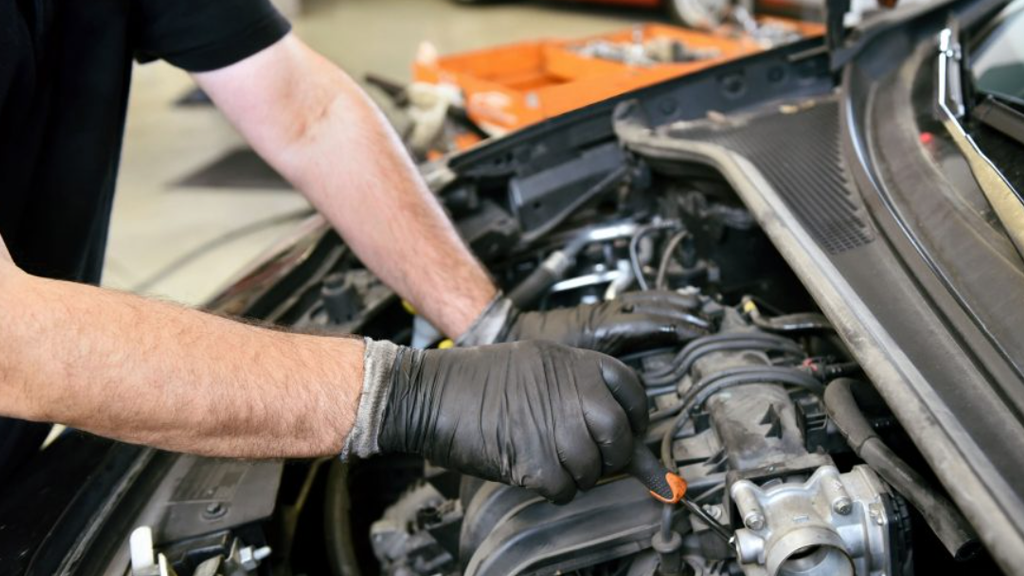In the automotive mechanics world, Experts already know that details can make all the difference when ensuring the proper functioning and durability of vehicle engines. For example, head cylinder, which is one of the most important engine sets, requires special care in its manufacturing and assembly, especially when it comes to its fastening and sealing — and this is where cylinder-head bolts come into play!
After all, they play an essential role in the proper seal and fitting of such a crucial set, which accommodates the camshaft, tappets, valve guides and seats, and combustion chamber. This is why even the smallest mistake could lead to serious engine issues when applying cylinder-head bolts. Therefore, in this article, we are going to better explain what necessary precautions must be taken to ensure a safe and efficient engine installation!
Understanding the importance of cylinder-head bolts better
You already know that the cylinder head is a sort of brain to the car engine, right? That is because, just like the brain is in charge of coordinating and controlling body functions, the cylinder head plays a pivotal role for the engine’s proper functioning and performance. And if we follow this analogy to the letter, it is only natural assuming that the cylinder head must always be well protected and under ideal conditions in order to perform its functions.
This is precisely why properly applying and tightening cylinder-head bolts is essential to ensure the correct fastening of this vital part of the engine. When these precautions are not taken, several problems could arise, compromising the performance and durability of the car, such as:
Oil leaks: you may not be aware of this, but cylinder-head bolts are largely responsible for the sealing between the cylinder head and the engine block. If they are applied incorrectly or without the due pressure, oil leaks might occur, compromising not only the engine’s performance, but also its lubrication. This could lead to internal damage, increase in oil consumption, and even catastrophic failures.
Damages to gasket: the head gasket is an essential part to ensure the sealing between the cylinder head and the engine block. If bolts are tightened incorrectly — with more pressure to a side than the other, for instance —, there might be an uneven distribution of torque, resulting in damages to the gasket. This could lead to coolant leaks, oil mixing with water, engine overheating, and loss of power.
Compression failures: an incorrect application of cylinder-head bolts can also compromise the correct compression of engine cylinders. Just like in the above-mentioned situations, this compromises the sealing of the set, allowing flue gases leak. The effects of this include loss of power, misfire failures, excessive fuel consumption, and emission of pollutant gases.
In the face of these risks, it becomes easy to realize the importance of following the right procedures during the application and tightening of cylinder-head bolts, isn’t it? And don’t worry. We will show you hot tips that will help you simplify this process in the next section of this article!
4 handy tips to do your best in applying cylinder-head bolts
There are different factors that may influence the variation of cylinder-head bolts, such as size, length, type of thread, strength of the materials used in manufacture. However, the proper precautions and need for a precise work when installing these bolts are universal and valid for any application. Bearing this in mind, we listed 4 valuable tips to help the Expert do a perfect job! Check them out:
1 – Observe the specified torque
Each vehicle manufacturer establishes the recommended torque for tightening cylinder-head bolts. It is essential to use a torque wrench to ensure the torque is applied precisely, avoiding excessive or lack of tightening. Following the right specifications will help you maintain an adequate pressure for sealing and avoid damages to the components.
2 – Distribute pressure evenly
When tightening bolts, it is important to distribute pressure evenly, following an adequate sequence. In general, it is recommended to follow a cross-shaped pattern, tightening each bolt gradually. This helps avoid unnecessary stress and ensure an even sealing in the whole cylinder head.
3 – Always follow the manufacturer’s recommendations
Each vehicle may have specificities regarding the application and tightening of cylinder-head bolts. It is important to consult the manufacturer’s manual and to follow the specific instructions for the model concerned. This guidance is developed based on tests and technical knowledge, ensuring the integrity of the engine.
4 – Choose quality cylinder-head bolts
Choosing high-quality cylinder-head bolts of reliable origin is essential to ensure the engine’s durability and adequate performance. Please have in mind that a competent manufacturer will always ensure that bolts are projected to support the specific loads and stress of the cylinder head, providing a reliable and consistent fastening. Oh, and if you got to this article while you were searching for the best cylinder-head bolts for your project, the good news is that this search has come to an end!
Here at RIO, the user can find a complete catalog with cutting-edge solutions for automotive replacement — all in one portfolio with more than 5 thousand items, including cylinder heads that undergo the most thorough torque and pressure tests in the market, guaranteeing that the user always works with the best and most resistant components they have available. Please visit our website and learn more!
We hope that this article has helped you understand the importance of these items and that our tips contribute to simplify the Expert’s routine. And if you want to read more exclusive, first-hand articles and technical materials, make sure you follow RIO on social media!



